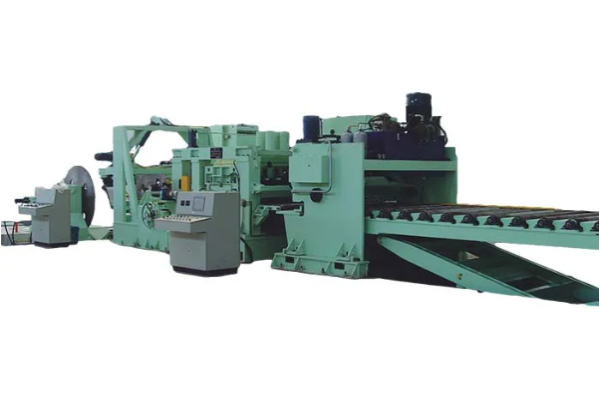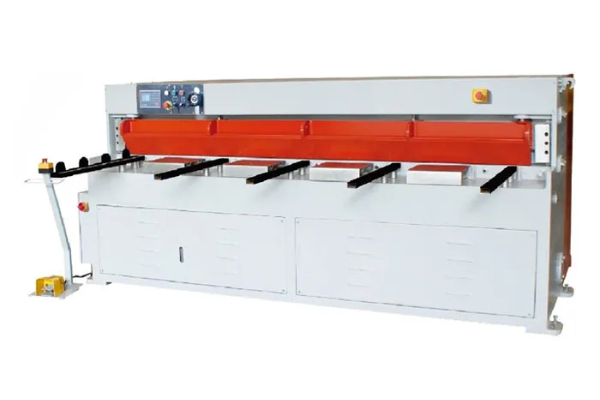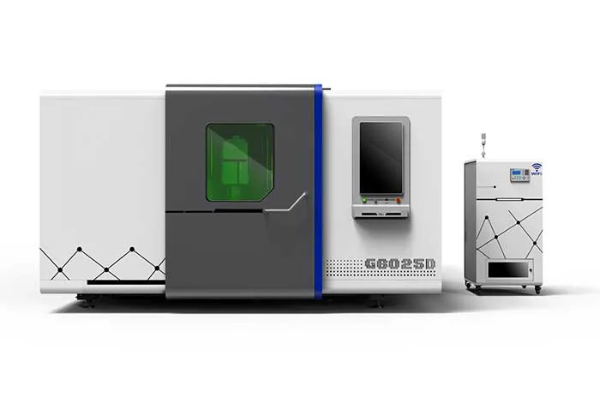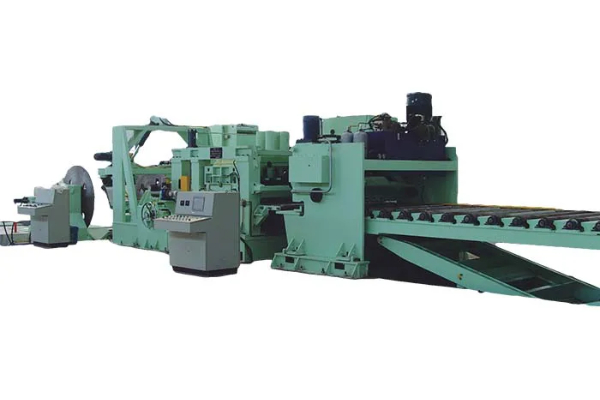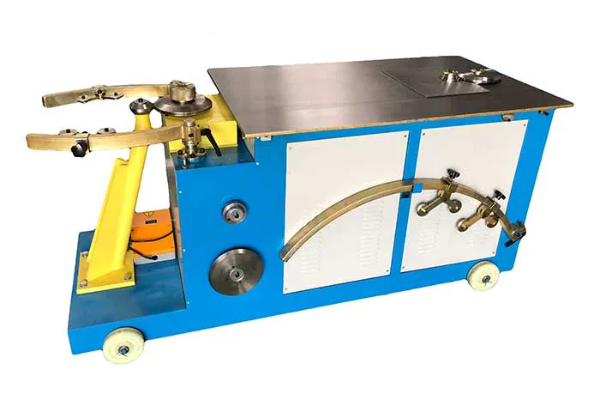
Metal Plate Rolling Machines- FAQs Answered
- By:Metmac
- 2024-07-26
- 177
Prepare to witness the transformative power of metal plate rolling machines, where colossal sheets of metal yield to the relentless precision of these engineering marvels. Embark on a journey of enlightenment as we unravel the mysteries surrounding these industrial titans, answering the ubiquitous queries that have long puzzled the curious.
What is a Metal Plate Rolling Machine?
Envision a behemoth of machinery, its imposing frame towering over the workshop floor. Metal plate rolling machines, also known as plate benders or plate rolls, possess the remarkable ability to curve metal plates with impeccable accuracy and finesse. These machines employ colossal rollers, typically three or four in number, which grip the metal plate and gently coerce it into cylindrical or conical shapes.
What are the Types of Metal Plate Rolling Machines?
The realm of metal plate rolling machines encompasses a diverse array of configurations, each tailored to specific needs and applications. Prominent variants include:
3-Roll Plate Rollers: These machines feature three rollers arranged in a pyramid formation, providing superior control and precision for bending a wide range of plate thicknesses.
4-Roll Plate Rollers: Equipped with an additional support roller, these machines excel in handling thicker plates and achieving tighter bend radii.
Pinch Rollers: These specialized machines utilize two rollers that grip the edges of the plate, enabling precise bending of thin and delicate materials.
How Does a Metal Plate Rolling Machine Work?
The operation of a metal plate rolling machine is a symphony of mechanical engineering. As the plate is fed between the rollers, the top roller applies a downward force while the bottom rollers provide support. The rollers rotate in unison, gradually bending the plate to the desired curvature. Advanced machines incorporate sophisticated controls for precise adjustments of bending angle and pressure.
What are the Applications of Metal Plate Rolling Machines?
The versatility of metal plate rolling machines extends across a myriad of industries, including:
Shipbuilding: Forming curved plates for hulls, decks, and other structural components.
Heavy Machinery: Fabricating tanks, vessels, and other machinery parts with intricate curves.
Architectural Applications: Creating curved panels for cladding, roofing, and decorative elements.
Automotive Industry: Producing fenders, hoods, and other body panels with precise contours.
By exploring these FAQs, you have delved into the fascinating world of metal plate rolling machines. These industrial behemoths empower engineers and fabricators alike with the ability to transform metal plates into intricate shapes, enabling the creation of countless structures and products that shape our world.
-
Advanced Sheet Metal Rolling, Cutting, and Folding Machines for Efficient Fabrication
2025/10/22 -
High-Precision Sheet Metal Bending and Cutting Solutions for Modern Manufacturing
2025/10/22 -
High-Precision Solutions from Leading Sheet Metal Cutting Machine Manufacturers
2025/09/11 -
Reliable Sheet Metal Equipment for Sale to Support Precision Fabrication
2025/07/17
-
Advanced Sheet Metal Rolling, Laser Cutting, and Folding Machines for Precision Fabrication
2025/10/31 -
High-Performance Sheet Metal Bending and Cutting Machines for Modern Fabrication
2025/10/31 -
High-Quality Sheet Metal Equipment for Sale: Efficient Solutions for Modern Manufacturing
2025/10/31 -
High-Performance Sheet Metal Equipment for Sale: Forming and Shearing Solutions for Modern Fabrication
2025/10/22
-
A Guide to the Latest Innovations in Sheet Metal Folding Machines
2024/11/29 -
Key Features to Consider When Investing in a Sheet Metal Folding Machine
2024/11/28 -
Enhancing Precision with Advanced Sheet Metal Folding Machines
2024/11/27 -
How to Choose the Right Sheet Metal Folding Machine for Your Workshop
2024/11/26
